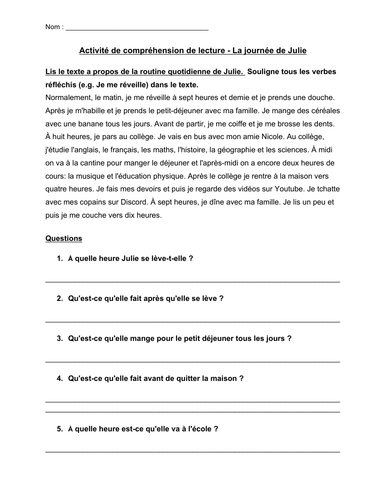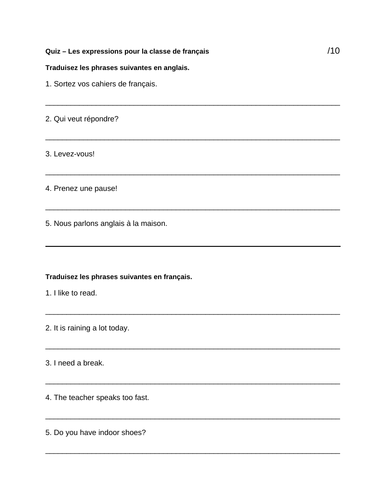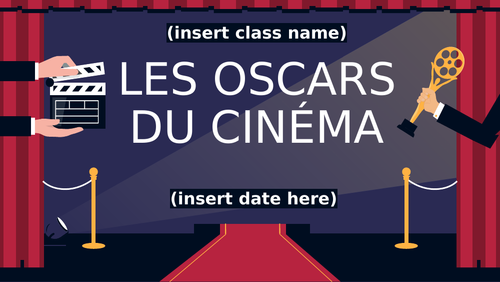Miss C's Creative Creations
Hello everyone! Bonjour à tous et à toutes ! ¡Hola a todos y todas! I am a certified Teacher from Toronto, Canada, with teaching qualifications from both Canada and the United Kingdom. I specialize in teaching French and Spanish as Second languages and bring over five years of international teaching experience, having worked in France, Portugal, England, and Canada. I am fluent in English, French, Spanish, and Portuguese, and have delivered instruction across multiple curriculum systems.


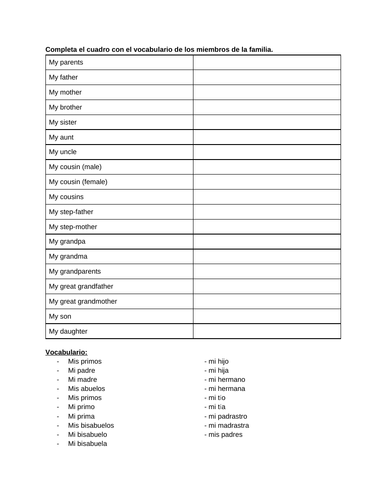




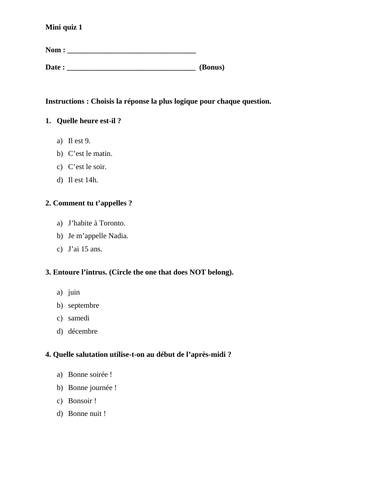
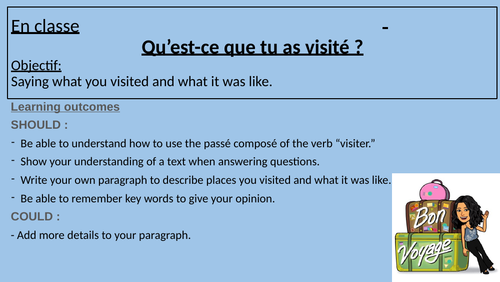

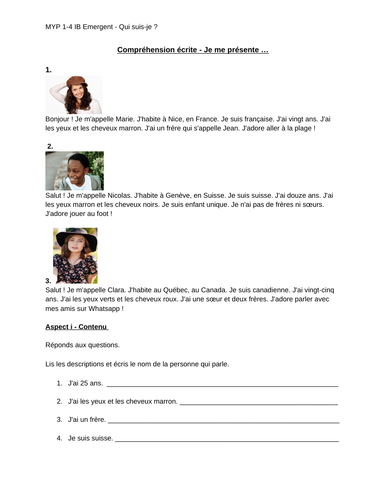
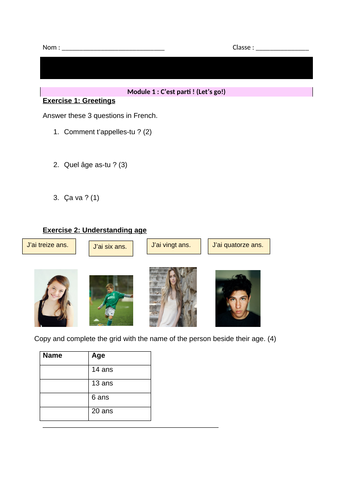



![Le son [ou] - Le rêve de Lou](https://dryuc24b85zbr.cloudfront.net/tes/resources/12922136/image?width=500&height=500&version=1696695195952)
